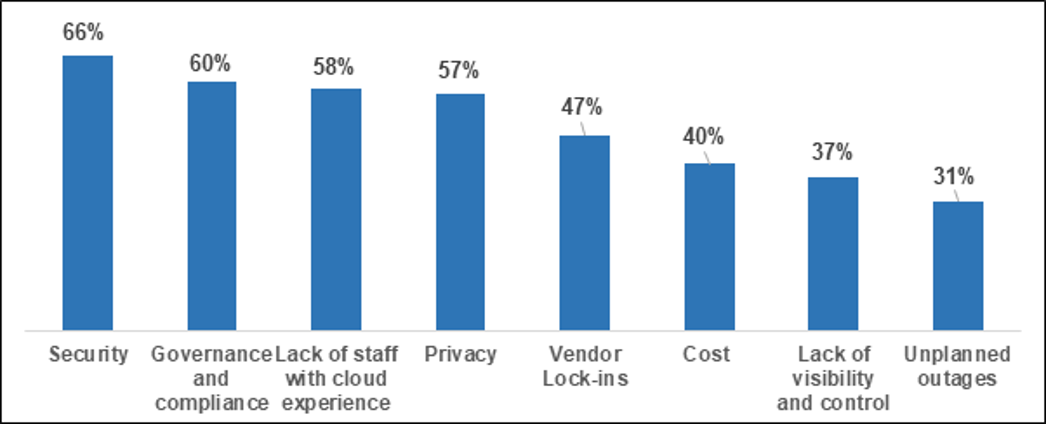#2 in Our SaaS Merchandising Blog Series
Right at our founding, we chose to build all our solutions—starting with our foundational demand-planning ForecastSmart product—on a Software as a Service (SaaS) framework. One advantage of being SaaS-only from the start: We never re-architect code developed for on-premises functionality, so we never create the kludges that diminish a software program’s efficacy.
That’s a terrific benefit, but not the main reason we went all in on a SaaS merchandising platform. We also brushed aside the persistent negative myths about SaaS operations—more on that at this blog’s end.
How the SaaS Platform Benefits Our Retail Customers
So why did we choose to design Impact Analytics products for SaaS delivery only? Because we believed SaaS works best for our customers. Are we right? Let us count the ways!
SaaS Benefit 1: Low Upfront Costs and Fast Deployment
On-premises solutions are typically purchased outright (or financed) and then must be installed, customized, integrated, and maintained, all of which takes time, effort, and expertise, and may require upgrades to existing hardware systems. SaaS solutions require a much smaller initial investment and can be implemented in days or weeks, not months or years.
SaaS Benefit 2: Improved Budgeting and Cash Flow
SaaS models enable retailers to swap CapEx for OpEx. So you accurately predict ongoing software costs, possibly as far as years into the future, and these costs are smooth and regular, not spiky and often unplanned as with on-premises software. Plus, your company pays only for the capacity it needs at the time, which frees up resources for use elsewhere.
SaaS Benefit 3: Virtually Unlimited Scalability
SaaS platforms are inherently scalable so your organization expands with ease, adding capacity and changing its mix of features and options to take advantage of a booming business landscape. The reverse is also true: If business contracts, it’s easy and cost-effective to dial back your company’s consumption and costs.
SaaS Benefit 4: Always Have the Latest Tools
SaaS vendors provide necessary software updates and new features as they’re developed, typically on a regular schedule, so your business doesn’t have to absorb jarring upgrade cycles. Instead, stay current with access to the most updated capabilities in a properly maintained system.
SaaS Benefit 5: Anywhere, Anytime, Cross-Platform Accessibility
So long as they have an internet connection, retailers and their customers access applications from any digital device and location; this makes SaaS especially convenient for mobile use.
SaaS Benefit 6: User Friendliness
SaaS offerings are typically easy to use as they come with the latest baked-in best practices and samples. SaaS delivery enables users to perform proof-of-concepts and to test new software or functionality before buying, which encourages vendors to make their applications as usable as possible.
SaaS Benefit 7: Greater Adaptability
No longer being tied to legacy software or Excel-based systems means your company gains the agility to more easily adapt to changing environments or fluid business circumstances.
SaaS Benefit 8: Enhanced Collaboration
Seamless file sharing, consistent naming conventions, a single login, shared navigation, and more make SaaS perfect for working collectively across various parts of the merchandising infrastructure.
SaaS Benefit 9: Solid Security and Ensured Backup
SaaS models provide holistic, enterprise-level security with regular offsite backups and disaster recovery protocols in place to manage potential system failures. Your business data is always available and secure.
Debunking Common Misperceptions About SaaS
Concerns about supposed SaaS “risks” keep some retailers from adopting these modern systems. Here’s what we’ve learned about each one.
- Unreliable security—SaaS solution providers typically assume responsibility for security and compliance, making this a moot point. Areas they cover include risk assessment, security awareness, end-user training, policies and standards, third-party risk management, disaster recovery plans, and identity access management.
- Difficult governance and compliance—SaaS providers design automated policies to identify, control, and manage the use of subscription-based software in the organization, plugging any risk and compliance gaps.
- Lack of on-staff cloud expertise—No worries. Your SaaS provider installs, manages, upgrades, supports, and scales up the software as required.
- Porous privacy—On the one hand, perhaps the best thing about SaaS is it gives you the ability to access needed applications from anywhere. On the other hand, using unauthenticated public wi-fi carries risks. However, there are ways to safeguard data and user privacy; these include two-factor authentication, password creation rules, and secure web gateways.
- Vendor lock-ins—Some SaaS vendors may want to prevent you from switching to another provider so be sure to clarify your contract’s terms and conditions right down to the fine print. Interoperability and portability are key.
- Higher cost—SaaS solutions are a much better deal than purchasing on-premises software when you factor in all that you get—see the first half of this blog for details. Choose from a range of flexible and cost-effective subscription- or usage-based pricing models.
- Lack of visibility and control—Today’s SaaS vendors and systems enable their customers to gain visibility into, control over, and optimization throughout even complicated, distributed environments with many applications and users competing for network resources.
- More unplanned outages—Outages, of course, can happen anywhere for many reasons (cyberattacks, file synchronization, API limitations, human error, etc.). SaaS providers constantly maintain and monitor their systems to prevent outages from occurring, and they typically invest in highly redundant and scalable infrastructure to minimize the impact should outages occur. Their entire business model depends on it.
- Migration is a pain—Not with Impact Analytics! We have nearly a decade’s experience seamlessly transitioning customers to our SaaS platform, and integrating it with their current ERP, CRM, and other enterprise systems, with ironclad data security and privacy. We measure implementations in weeks, not months, and we measure success by how well we satisfy our customers.
Take the Next Step
Want to turn your data into actionable insights that drive bottom-line growth across your entire value chain?
This blog is the second in a series exploring the power of SaaS platforms to transform retail merchandising.
Go on to the next in the series …
Start at the beginning with …
Jump around as you please …






